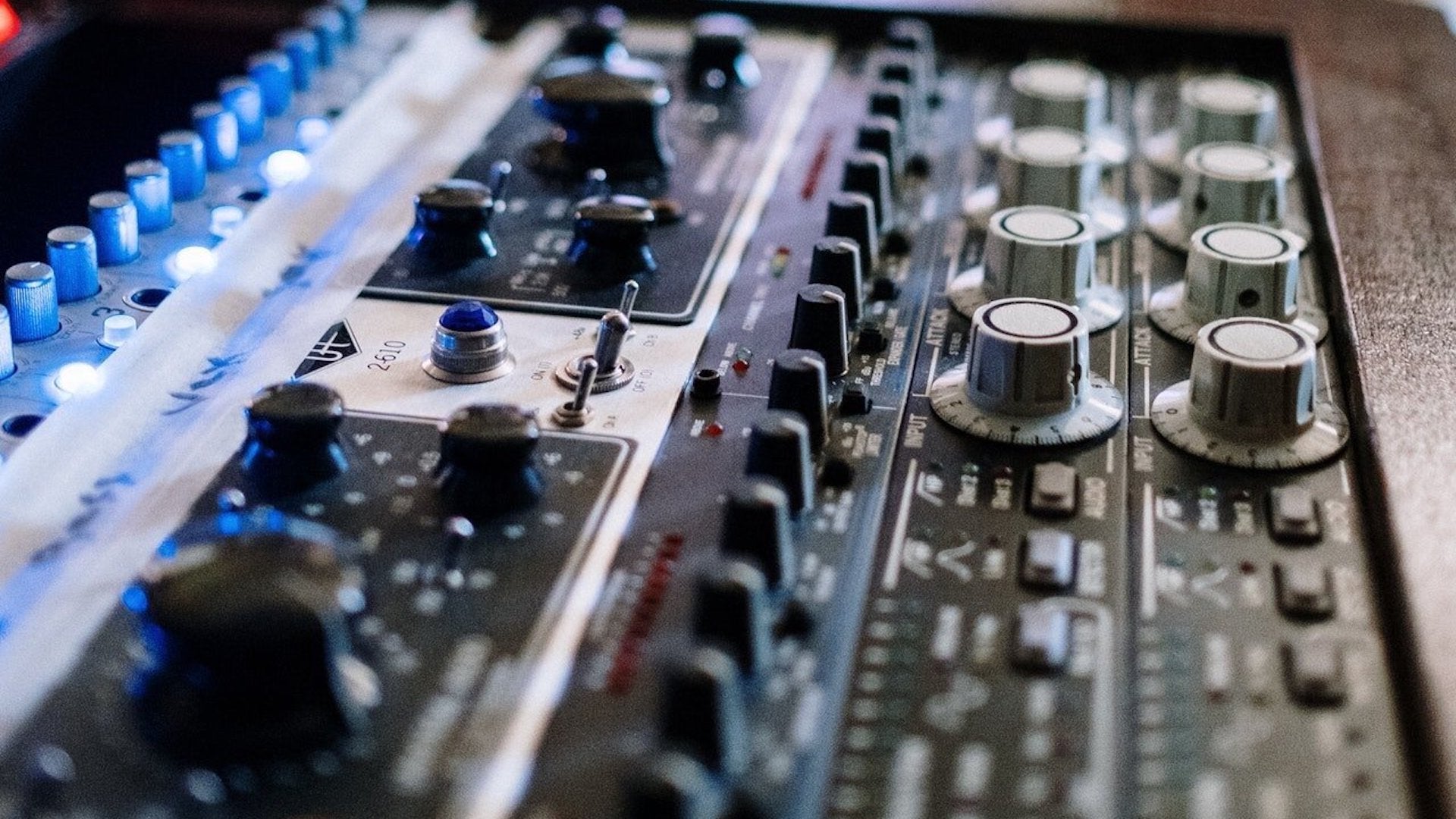Making Drums Sound Larger with Compression
In the recording world, compression is a term that refers to a process in which signals are reduced or increased based on certain criteria. One of the most common compression techniques is called "parallel compression," and it has one of the most noticeable effects on drums. When you compress your drums, they will sound louder and larger than ever before! This article explains how compression works and why it's so great for drum recordings.
About Compression on Drum Tracks
To understand compression, it helps to first think about the way drums are recorded. Drums can be recorded with any number of different mics placed around the drum kit. The closer those microphones are to their respective sound sources (the snare and kick), the more likely they will pick up that specific element by itself.
As you might have experienced in the past, all of these different sources can be a nightmare to work with when mixing a song. Making the kick and snare fit together, trying to make sure that each tom is heard clearly with its own unique character – it can be a lot of work!
The solution? Parallel compression. This technique allows you to compress all of those individual drum tracks at once so they sound like one cohesive instrument instead of an army of conflicting sounds.
Dynamics & Drums
Drum tracks are quite possibly the most dynamic sounds in most recording sessions. With big, impactful hits, you get huge variances between the levels of the initial attack and the ring of the drum. This is really where compression comes into play. In general, you'll want to get a nice even tone from your drums with no big dips or spikes in each individual hit. Compression helps you achieve that by reducing the peaks, which in turn allows you to bring up the overall level of the drums.
While compression is definitely useful for getting smooth sounding results when mixing these tracks, it can be tough to keep them sounding cohesive and uniform. One easy way to fix this? By adding parallel compression.

This often involves using a higher compression ratio on a copy of the track or on a send to an aux track, with faster attack and release times in order to get that really punchy, smooth tone while still keeping your drums nice and loud. Some mixers prefer to crush the drums while others may take a more natural approach. Of course, you'll want to experiment with different settings until you find what works best for your specific situation... but these are good starting points!
Once your compression has been configured properly, it's much easier to bring up the overall level of your tracks without introducing any unnecessary harshness. This is done by blending the two tracks together - using the unprocessed signal to keep the natural dynamics of the performance and the copy or aux with parallel compression to add to the presence and power of each hit.
Parallel Compression on the Drum Bus
While we've focused on parallel compression on individual tracks like kick and snare, it's important to note that this type of compression is also extremely common on the drum busses as well where the process adds to the glue that holds the entire drum mix together.
The biggest benefit of using compression on the drum bus is that it ensures the dynamics of each individual drum track are able to play off of each other. Each time there's a peak from an individual drum, the entire drum group is compressed. Acting on its own, this type of compression can be a bit too drastic, creating pumping and breathing in your mix. But as a parallel effect that's blended back in with the raw audio? It works great.
Check out this example of drum bus compression in action from Ajay Phillipson:
It isn't always easy to hear where mixers have used compression on drums, but that's kind of the point. It's made to make a super noticeable, drastic effect sit naturally in the context of your song. I find this technique especially useful for creating unique sounding drum mixes where each element needs to sit perfectly alongside one another, making them feel incredibly cohesive at the same time. It's also great for making punchy, loud mixes in just about any genre - from rock and metal to pop and country.
In any case, if you're looking to make your drums sound larger than life then look no further than parallel compression. This simple mixing trick will help you achieve bigger, better sounds in no time at all.
Bus Compression Made Easy
If you’re struggling to get your compression dialed in just right, it might be the tools you’re using more than your understanding of how they’re supposed to work. While stock plugins can be great when starting out, there’s a reason there are so many companies making plugins for DAWs today – the job can often be done much better with a plugin that’s custom-fitted to your situation.
When it comes to bus compression, this has never been more apparent. Need proof? Just take a look at our Bus Glue collection to see what your bus compression workflow has been missing.









